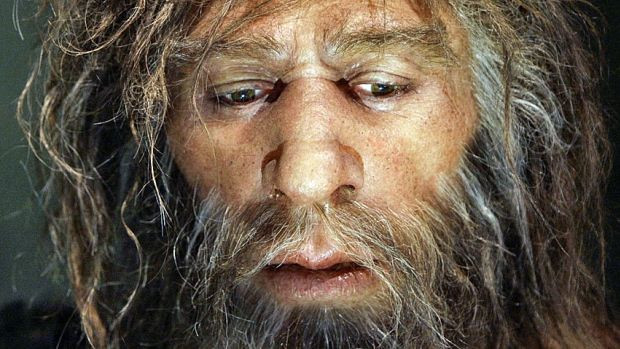Neanderthal DNA By Race: Asians Have Closer Link From Multiple Breeding Events, Studies Say

Neanderthals interbred with both the ancestors of modern Europeans and Asians about 50,000 years ago, but scientists looking at Neanderthal DNA by race have speculated why East Asians have a greater proportion of the ancestry than Europeans. New research suggests our heavy-browed ancestors bred with East Asians on multiple occasions, giving the contemporary East Asian population higher levels of Neanderthal DNA, according to two studies published last week in the American Journal of Human Genetics.
Scientists have long hypothesized why East Asians on average carry 15 percent to 30 percent more Neanderthal DNA than Europeans. Some have attributed the differences to varying efficiency of purifying selection, an additional “pulse” of introgression or other unexplored scenarios. But after analyzing patterns in whole-genome data of hundreds of Europeans and East Asians, researchers Benjamin Vernot and Joshua Akey from the University of Washington found that neither a reduced efficiency of selection in East Asians nor just one instance of interbreeding explained the substantial differences in Neanderthal ancestry. In a separate study, researchers Bernard Kim and Kirk Lohmueller from the University of California, Los Angeles also found that selection cannot account for the higher infusion of Neanderthal DNA in East Asians than in Europeans.
Instead, the two studies both concluded the ancestors of living East Asians had likely bred with Neanderthals more than once. “The key idea is that there would have to have been some additional interbreeding events involving East Asians, but not Europeans,” Lohmueller told the Daily Mail last week. "These interbreeding events could have been directly between Neanderthals and East Asians, maybe in some other indirect way."
However, findings reported in August in the journal Nature determined Neanderthals in Europe died out about 40,000 years ago, which leaves scientists still scratching their heads at how there could have been Neanderthals left to breed with Asians a second time. Akey told the Daily Mail it’s also possible that European ancestors bred with another yet-to-be discovered species of ancient human that watered down their Neanderthal DNA. Or perhaps Asians also mixed with another group of humans – now extinct -- that had interbred with Neanderthals and carried much of their DNA, Lohmueller told the New York Times. “That’s a paradox the field needs to address,” Lohmueller reportedly said.
© Copyright IBTimes 2025. All rights reserved.





















